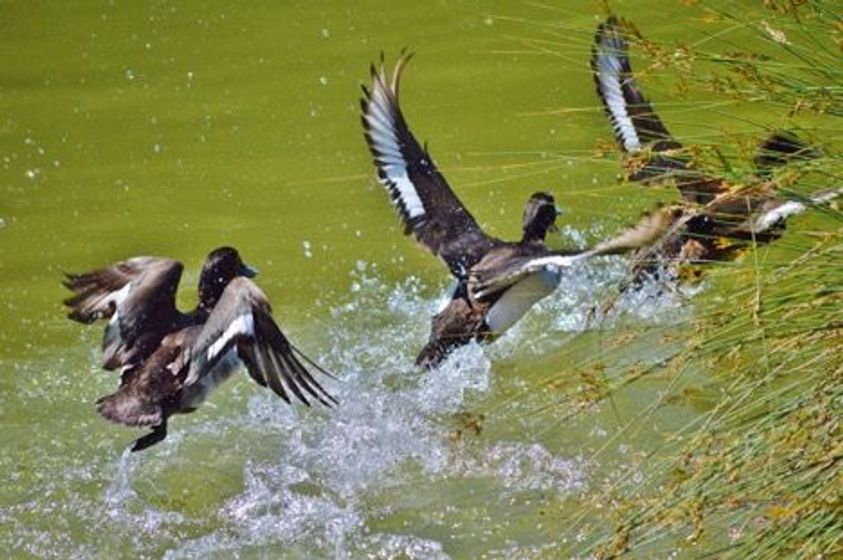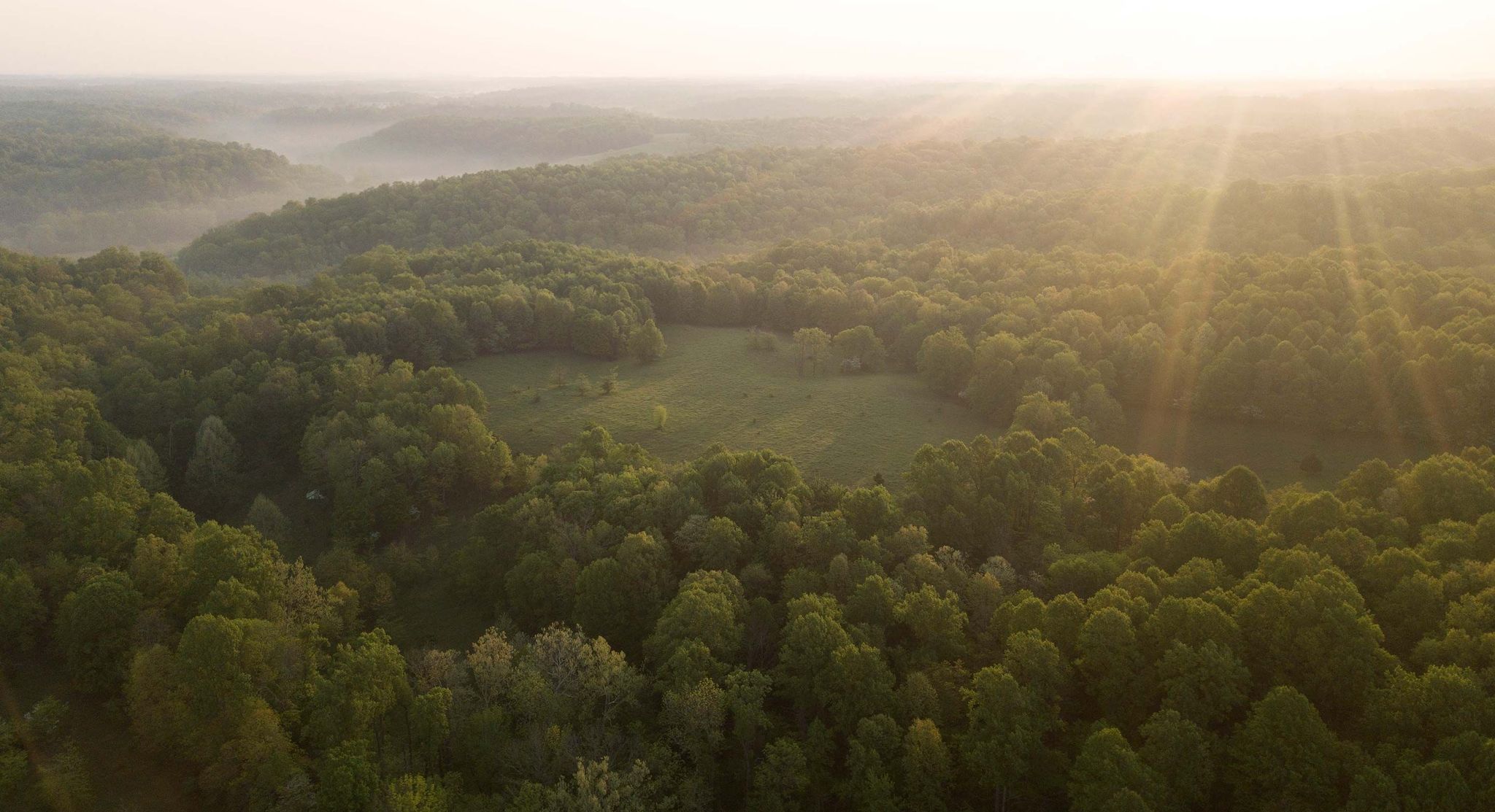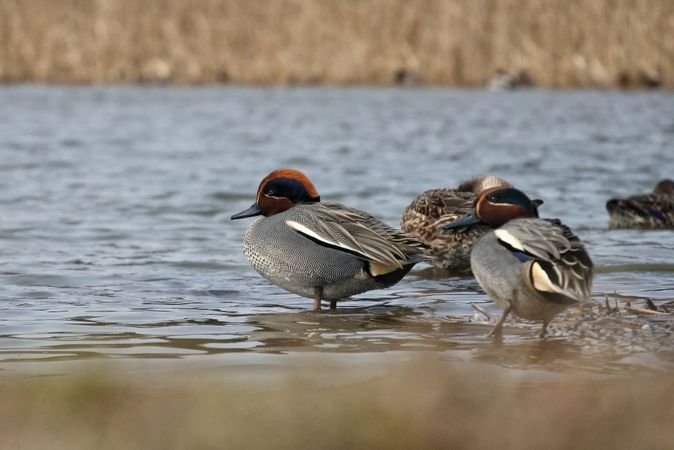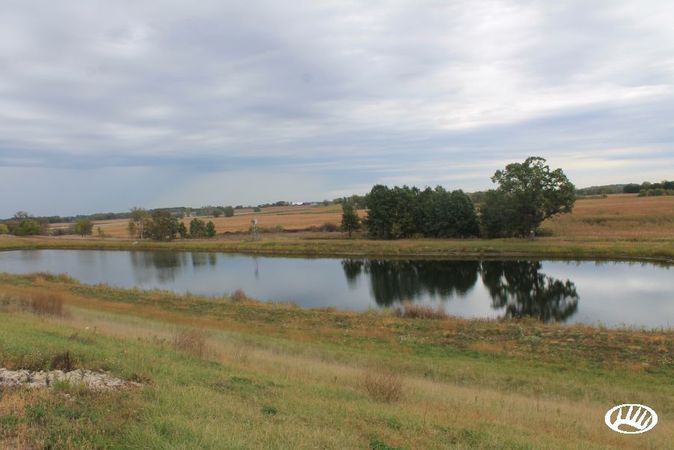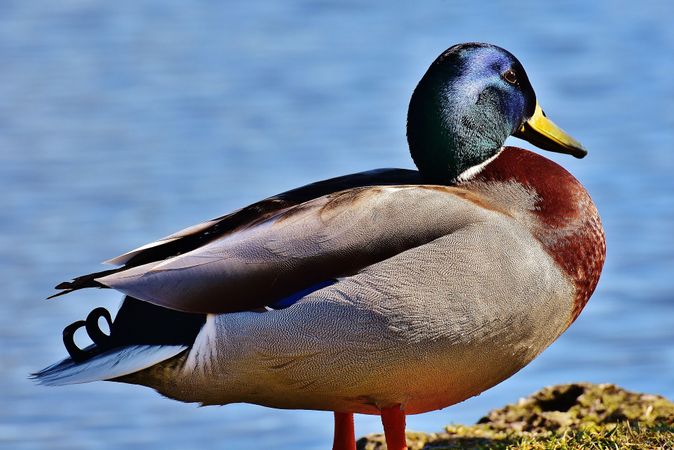Duck calling is actually a lot like trying to talk to multiple women at once. There’s an art to it. Find the receptive ones and give them your undivided (calling) attention. Be sure to say the right things in a proper tone - it's all about cadence. Your individualized approach will make or break the outcome. Only difference in a bar is, hopefully, she doesn't bring along her male friends.
Listen, Watch and Learn
The best way to learn anything is by observing. Before you can be a master duck caller, you have to sit in their habitat and listen to how they speak their language; watch the way they interact.
Are they searching for food? A mate? Are they calm? Commit to memory the frequency and intensity of each sound they make based on how they act. Do this a few times, and you’ll begin to understand what each sound means. That’s the first step to being ready to use these calls yourself.
1. Basic Quack
This is the most fundamental call you can learn and a great one to start with. You’ll commonly hear waterfowl quacking in this manner when they’re taking off or landing on the water.
By starting with a basic quack when you’re just settling in at the blind, you can test out duck responses. Be sure to use some variation in the loudness and tone of each blow, as to mimic a duck’s natural call. And be sure not to leave off the “ck” sound at the end of each “quack.”
2. Feeding Chuckle
The feeding chuckle isn’t exclusive to dabbling ducks. Think of it as a call that exudes a general feeling of excitement and contentment: “Aren’t you curious about what is happening over here?” It can be used to add variety to your calls. Try a more insistent pattern to elicit urgency or use more sparingly to create a sense of exclusivity.
3. Comeback
Think back to the most common scenarios you’ve experienced when hunting waterfowl. You’re probably remembering a time that a bird refused to respond (because that’s duck hunting). Those are the perfect moments to use this call. An accurate alternative title for this call should be the “stubborn bird” call, because it’s commonly used as a last ditch effort to bring in an unresponsive hen or drake. Generally, it consists of an aggressive 10-15 notes, close together. Be careful not to overuse this call, at the risk of giving off an heir of desperation.
4. Lonesome Hen
You’re looking out on the rippling water of a large pond and there are some mallards grouped together. Off in distant corner, along the edges of the pond is a lone hen. She might be shy or simply playing hard to get. But the lonesome hen call is a good bet to get her attention. It’s a nasally pitched call, usually in the form of drawn out individual quacks. Avoid blowing the notes too close together, which could give the impression of aggression.
5. Hail
This call is loud and long, starting with the loudest blow first and then tapering off. You’ll only use this call to entice ducks in the distance (100 yards or more), never up close. The key to a realistic hail call is to imitate nature. Most waterfowl hunters would tell you, they’ve never heard a hen hail call for 30 notes. Keep this one in your pocket for a rare moment and don’t blow more than 10-15 notes of it.
It’s important to remember, the most telling factors behind the meaning of a duck call are the frequency and the intensity of the call. The pitch and duration are generally good indicators of the mood and size (and often species) of a duck.
Bottom line – don’t ever just keep doing the same thing over and over. How a duck reacts will tell you when you’ve found the right call. Trial and error is the name of the game.


